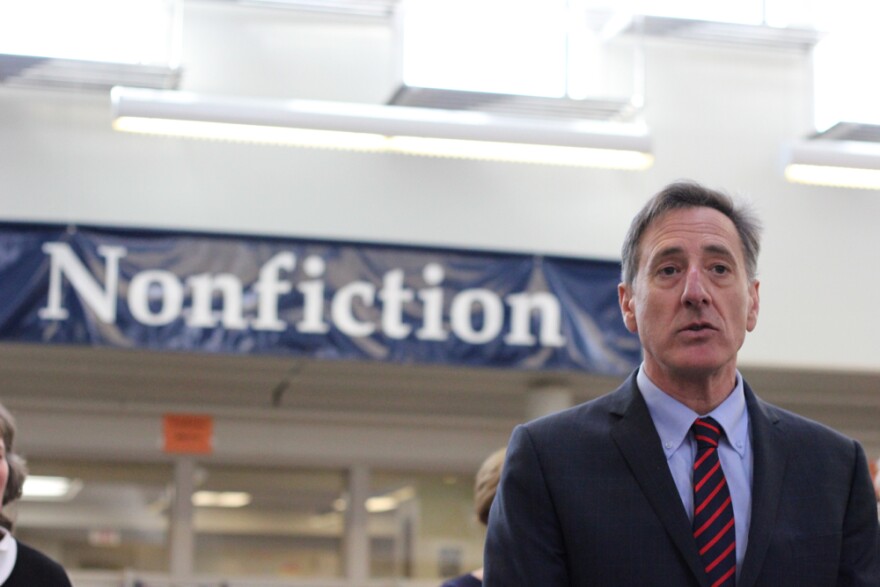In Tuesday's gubernatorial debate between Gov. Peter Shumlin, Scott Milne, Dan Feliciano and Peter Diamondstone, the candidates spoke mostly about how Vermont could be best served by different styles of leadership, leaving few factual claims to be checked.
With two terms in office under his belt, Shumlin often cited his record in office when making his case for a third term. We checked some of his factual claims, as well as some claims made by his challengers.
Here's the breakdown...
On universal cellular coverage in Vermont...
Gov. Peter Shumlin's Statement: "... I never promised cell service by the way, Scott."
Fact: In 2011, Shumlin promised universal cell and broadband coverage by 2013.
Shumlin was responding to Scott Milne’s assertion that the Shumlin administration had failed to deliver on two promises: Universal broadband and cellular coverage in Vermont.
Though Shumlin has repeatedly claimed that he never promised universal cell service, he did initially. In his inaugural address in January 2011, Shumlin promised universal cellular and broadband coverage by 2013:
"Today I am launching Connect VT, an initiative to deliver by 2013 my promise of high-speed Internet access and cell service to every corner of our state. If not confronted, our connectivity deficit will relegate us to an economic backwater. Vermont lags behind the developing world and ranks 46th among the fifty states in connectivity."
Related story: Can You Hear Me Now? GOP Signals Shumlin Cell Coverage Reversal
On Vermont's economic recovery...
Gov. Peter Shumlin's Statement: “We have created thousands of new jobs. Vermont’s one of the states that actually has more jobs now than we had at the peak of the economic boon in 2005. A lot of states can’t say that.”
Fact: Vermont has fewer jobs now than at the peak of 2005, according to seasonally-adjusted data from the Vermont Department of Labor, and fewer jobs than at the pre-recession peak in June 2007.
According to seasonally-adjusted data from the Vermont Department of Labor, Vermont has fewer jobs now than at the peak of 2005. In addition, the pre-recession peak in Vermont’s total jobs numbers took place in June 2007, according to the state data.
In June 2007, there were 309,600 jobs in Vermont, according to seasonally-adjusted data, a number that has not been reached since. The highest number of jobs in 2005, the year Shumlin named, was in December of that year, when there were 306,900 jobs. The most recent available data is for August of 2014, when Vermont's jobs total came in at 306,700.
Update 9/26 at 3:45 p.m.: According to Shumlin campaign manager Scott Coriell, Shumlin was referring to data provided by the Quarterly Census of Employment and Wages, a different metric that is also used by the Bureau of Labor Statistics. VTDigger.org provides a look at that data here.
According to the quarterly census data, Shumlin's claim is correct through 2013. The census does not yet have any verified data for 2014.
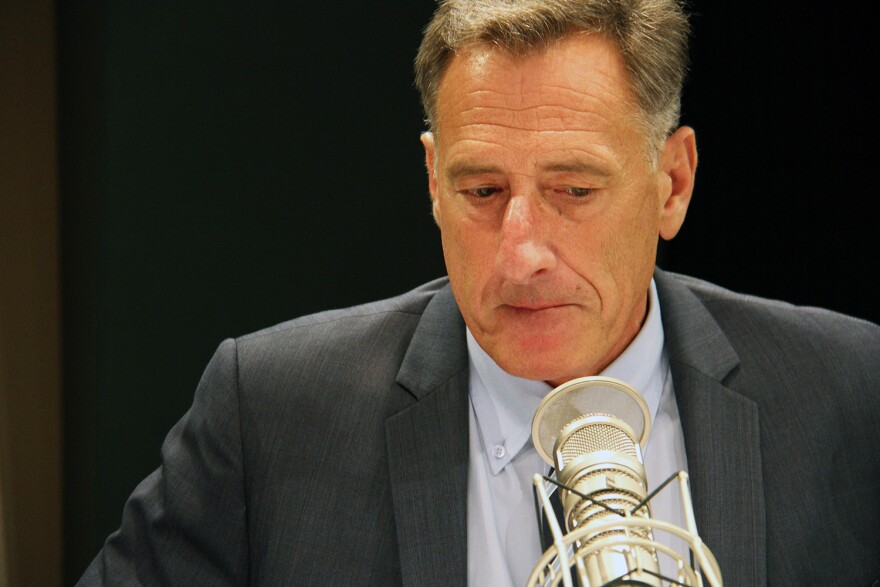
On job creation in the Northeast Kingdom...
Gov. Peter Shumlin's: “Guess what? Fastest growth rate on jobs for the first time in history: Northeast Kingdom. Because we’re up there creating jobs.”
Fact: State economists recently found that job growth in Orleans county was highest in the state for the first time in history.
Shumlin's assertion is true for Orleans County, which was recently reported as leading the state in job creation. However, the Northeast Kingdom is commonly understood to be composed of three counties: Orleans, Essex and Caledonia.
The number of people employed in the three counties combined went up 0.09 percent between August 2013 and August 2014, according to the most recent data from the Vermont Department of Labor. That rate was lower than that of Windham county, which had a 0.2 percent rise in the number of jobs over the same period.
Windham county also surpassed the three-county area of the Northeast Kingdom in terms of growth in the percentage of the workforce that was employed. Windham county’s employment rate grew 0.24 percent from August 2013 to August 2014 while the same rate in the Northeast Kingdom grew 0.09 percent.
Related story: For First Time, Orleans County Leads In Job Growth
On solar industry jobs...
Gov. Peter Shumlin's Statement: "As you know, we've got now the highest number of solar jobs of any state in the country."
Fact: Vermont has the highest number of solar jobs per capita while California has the largest number of solar jobs in the country, according to the 2013 National Solar Jobs Census.
On free college...
Gov. Peter Shumlin's Statement: “We've got a lot more to do, but if you look at what we're doing in … two years of free college now under my administration with college debt being the biggest problem, particularly for first-generation students.”
Fact: No students have yet received two free years of college.
Shumlin’s claim about two years of free college is true for a small number of students but is not true for all. There are a number of programs that offer college courses for free in Vermont, but the two that could yield “two years of free college” are both new, and no students have yet received two free years of college.
The first is the state’s "Early College" program, which allows high school seniors who qualify (on academic merit) to effectively skip their senior year of high school and spend that time attending college classes full time. That program is in its first academic year right now.
The second program is Vermont Strong Scholars, a debt forgiveness program designed by legislation this year that will apply only to students in certain fields – yet to be selected by officials. Students may qualify for that program only if their degree is in a select group of academic disciplines, if they earned a four-year degree in five years or fewer, or if they earned a two-year degree in three years or fewer.
After graduating, they must work in Vermont (in the field of their degree) for five years. At that point, students with four-year degrees will receive forgiveness on loans from the Vermont Student Assistance Corporation equal to the amount of one year of tuition at the Vermont State College system’s rate (for a four-year degree) or one semester of tuition at the Vermont State Colleges rate (for a two-year degree).
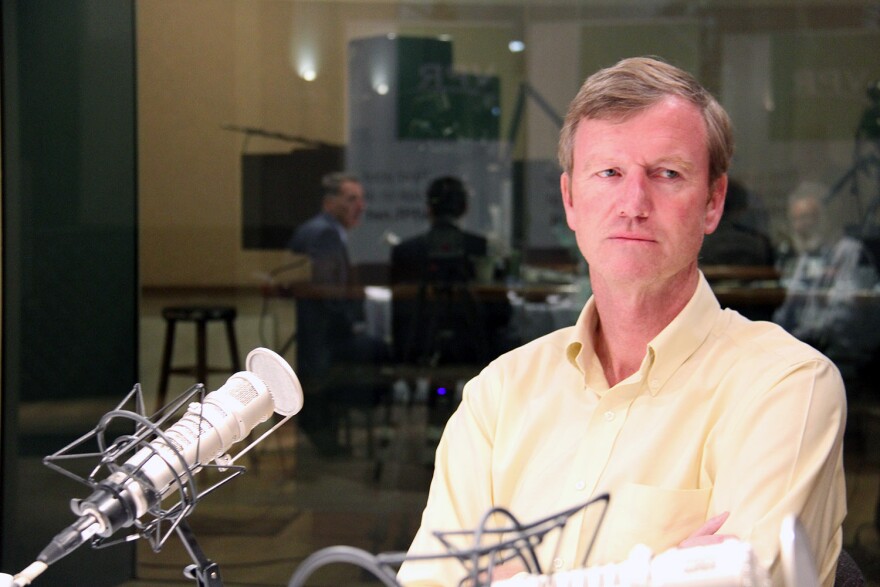
On freezing property taxes...
Scott Milne's Statement: “I’ll be talking more about the ‘cap statewide educational property tax’ idea – or as some people would say, gimmick. I think it’s already been adopted by municipalities in Chittenden County, in Orange County, in Windsor County and Bennington County.”
Fact: Municipal governments cannot set (and therefore cannot freeze) statewide educational property tax rates. They can, however, lobby the Legislature to implement such a freeze.
Municipal governments have no control over statewide property taxes. Some municipal governments have passed resolutions calling on the legislature (which does set those taxes) to freeze the statewide educational property tax for two years, according to Steven Jeffrey, executive director of the Vermont League of Cities and Towns.
Here's an example of Killington's resolution to that effect.
Neither Jeffrey nor the Vermont Department of Taxes knows how many towns have passed such resolutions, or in which counties.
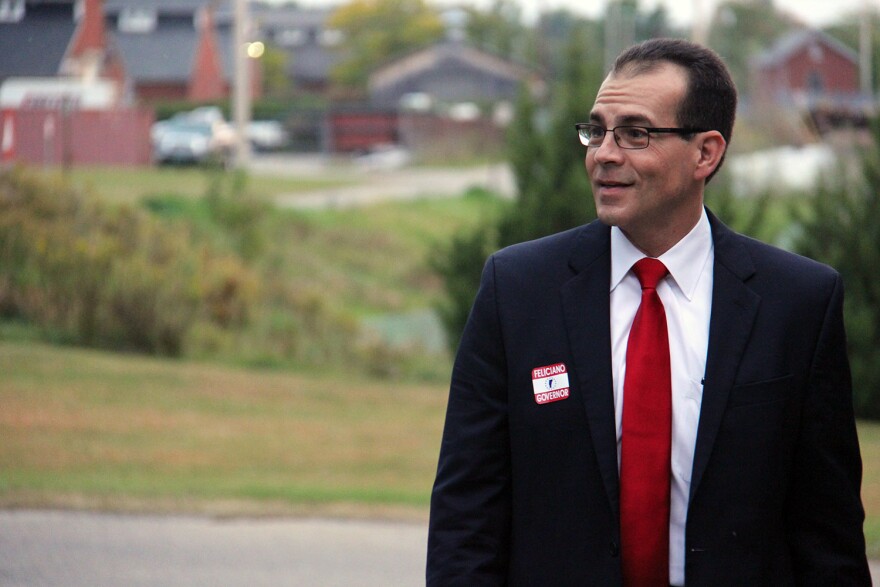
On unfunded pension liabilities...
Dan Feliciano's Statement: “With $3 billion in unfunded pension liabilities that you don’t have a plan to fix, why would you put Vermont pension funds at greater risk of losing the investment returns that are coming from these [fossil fuel] investments right now?”
Fact: The state's unfunded pension liabilities (for state employees and teachers combined) is $1,459,040,000. Under state law, that unfunded liability must be eliminated by 2038. According to State Treasurer Beth Pearce, Gov. Shumlin has included the recommended funding levels for pension funding in his budget every year since he took office.
While he overstated the state's unfunded pension liabilities by more than 100 percent, Feliciano didn't pull the $3 billion number out of thin air. When combined with the state employee and teacher unfunded health care liabilities, that $1.46 million turns into $3,103,907 - but Pearce says combining those two numbers is misleading.
The only existing plan regarding the elimination of the unfunded liability is a state law, passed by the Legislature, that mandates unfunded pension liabilities be eliminated by 2038. Pearce said an independent actuary generates recommendations annually for how much the state needs to fund pensions to meet that goal. According to Pearce, Shumlin has gone with that recommended amount every year since he took office.
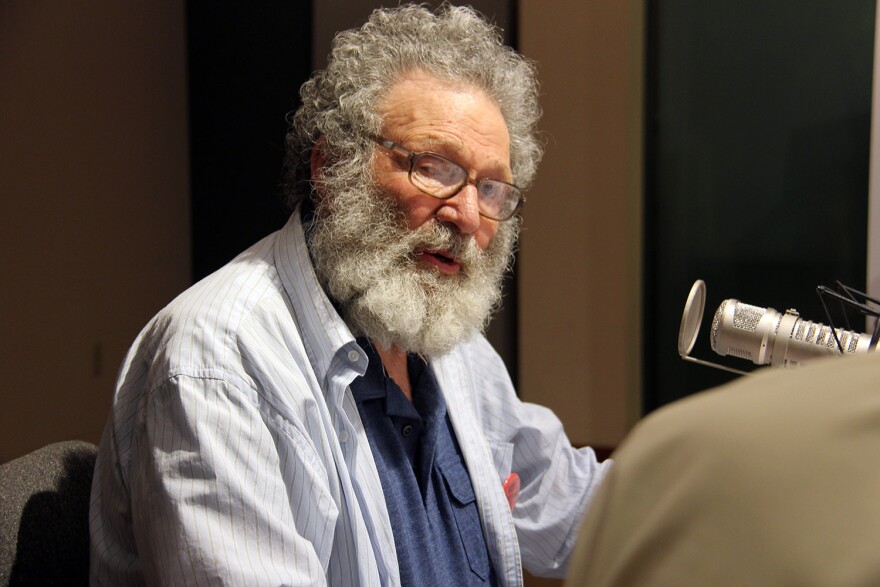
On children's vaccines...
Peter Diamondstone's Statement: “One of the problems is that you can’t hold the manufacturer responsible in a lawsuit if you are injured. You can only sue the United States government. We protect big business just like we protected the nuclear power plants. So why are we protecting them? The dose of mercury that you get – if you brought that amount into school, you’d be kicked out and expelled. So we’re giving people mercury and then we’re saying ‘Oh, it’s not hurting their brains.’ … It’s not philosophical, it’s about health itself. Because you can’t give kids mercury and expect to have no result. We already have a $5 million judgment, by the way against the United States government for autism caused by injection. Five million bucks. First one.”
Facts: Diamondstone was likely referring to thimerosal, which the Food and Drug Administration says is “a mercury-containing organic compound (an organomercurial)” that was widely used as a preservative in a number of drugs starting in the 1930s.
“Over the past several years,” the FDA notes, “because of an increasing awareness of the theoretical potential for neurotoxicity of even low levels of organomercurials and because of an increased number of thimerosal containing vaccines that had been added to the infant immunization schedule, concerns about the use of thimerosal in vaccines and other products have been raised.”
Those concerns have prompted numerous studies, which have proven that vaccines are safe and beneficial. A 1999 study conducted as part of an FDA review of the use of thimerosal “found no evidence of harm from the use of thimerosal as a vaccine preservative, other than [usually mild, temporary] local hypersensitivity reactions (Ball et al. 2001).”
VPR could not find evidence of the $5 million judgment Diamondstone referenced. But such settlements have been made. One of the most well-known cases was that of Hannah Poling, whose family was awarded $1.5 million plus an additional $500,000 per year in a settlement with the U.S. government, according to CBS news.
Other coverage of awards given to families whose children with autism spectrum disorder is available here.
Updated 9/26 to reflect Shumlin campaign's response regarding job numbers.


